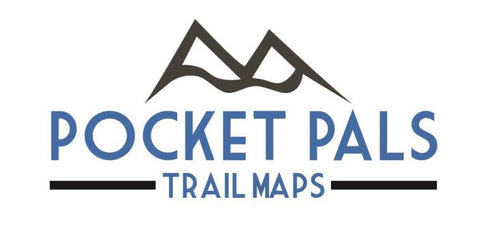Penrose-Rosemont Reservoir Trail - Pike National Forest
The Penrose-Rosemont Reservoir, also known as Rosemont Reservoir, is a serene alpine lake nestled in the Pike National Forest, approximately 16 miles southwest of Colorado Springs, Colorado.
Situated at an elevation of 9,649 feet (2,941 meters), it offers a tranquil retreat for nature enthusiasts seeking solitude and outdoor recreation, including hiking. The reservoir is set against a backdrop of rolling hills and dense forests, providing a picturesque setting. Please note that camping, swimming, and wading are prohibited. While boating is mostly prohibited, float tubes are allowed for fishing purposes. The area surrounding the reservoir is rich in wildlife. Visitors may encounter bald eagles, plovers, finches, and various waterfowl. Large game such as deer and elk are also commonly seen in the vicinity.
The reservoir is a popular destination for fishing, particularly fly fishing. Anglers can expect to catch various trout species, including rainbow, brook, cutthroat, and brown trout, as well as occasional catfish and carp. Fishing is permitted from mid-May through October, with hours from 5:00 AM to 9:00 PM. A valid Colorado hunting/fishing or public lands license is required to access the area.
This trail is accessed by driving down the bumpy/rutted dirt roads of Old Stage Road and Upper Gold Camp Road. After you’ve parked, it’s about a half-mile hike/walk to the shoreline. This trail is 2.4 miles round-trip and is located within the woods on the eastern side of the reservoir.
The Penrose-Rosemont Reservoir Trail is located on POCKET PALS Trail Map #2 in the Pikes Peak Region Series. The other trails included on Map #2 are: Captain Jacks' (667), Forester (701), Lake Moraine (Missing Link), Mason, McReynolds, Mt. Big Chief, Mt. Rosa, Nelson's (672), Ring the Peak (Segments 8-10A), Pipeline (668).
All Pocket Pals Trail Maps offer very detailed information for each trail, including: trail distances, allowed trail uses, difficulty levels, elevation profiles, total ascent/descent, directions to the trailhead, trailhead longitude and latitude, and waypoints (landmarks along each trail).


